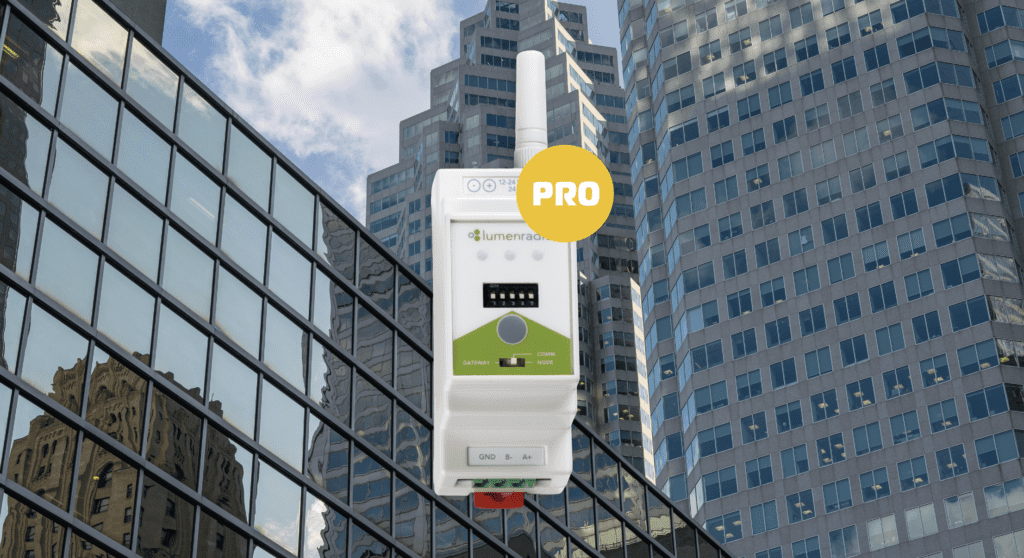Low energy mesh - zero wires for zero energy buildings
EU’s goal of making all buildings so called nearly Zero Energy Buildings (nZEB) by 2020 to reduce our carbon footprint creates a demand for low energy mesh technology in battery powered devices.
According to EU, buildings are responsible for approximately 40% of energy consumption and 36% of CO2 emissions. Currently, about 35% of the EU’s buildings are over 50 years old and almost 75% of the building stock is energy inefficient, despite this, only 0.4-1.2% (depending on the country) of the building stock gets renovated each year.
Environmental action
On June 19 2018 EU voted for a new revised Energy Performance of Buildings Directive (EPDB) where one of the six additions states:
Smart technologies will be further promoted, for instance through requirements on the installation of building automation and control systems and on devices that regulate temperature at room level.
Already by 2020 member states must transpose the revised EDPD into national law. This might sound too ambitious and even aggressive but we cannot wait any longer. We need to act now for our wellbeing of tomorrow and the planet we are living on. We need implement smart building technologies.
Retrofit
To be able to meet the revised 2020 binding EDPD legislation, a massive retrofitting and renovation of existing buildings must take place. A improvement of these old buildings energy efficiency will significantly reduce CO2 emissions and help us fight global warming.
At LumenRadio we are already seeing an effect of this ambitious yet necessary directive among our customers. For manufacturers within HVAC and Building Automation there is today a huge demand for retrofit friendly wireless technologies.
Zero Wires
With this massive retrofitting, the demand for wireless connectivity for sensors and control gears is exploding! But wiring all sensors and control gears will be very expensive and replacing the data cabling with wireless connectivity will only take us half the way. It has to be Zero Wires.
For instance retrofitting a sensor measuring Indoor Environmental Quality (IEQ) will be very expensive if you still would need a power cable. The only way of solving this is by choosing an ultra low power connectivity technology that let’s the sensor run on small batteries for years or alternatively utilizing small size low cost energy harvesting technologies.
Low energy mesh
With the MiraOS version 2.1 release LumenRadio has taken low energy mesh to a new level. Building wide battery powered meshing connectivity for building automation is now for the first time feasible. In the ultra low energy mode LumenRadio is pushing the envelope of what is possible.
A sensor part of a meshing network can be powered from a standard small size coin cell battery beyond 10 years sending 5 sensor messages once every minute! This is significantly better than any other competing wireless technology and enables battery powered products to run on the same battery through the whole lifecycle.
For us this technology push is a matter of saving the planet.
Do you want to know more about LumenRadio’s ultra low energy mesh technology and help us reducing CO2 emissions? Call us today!




